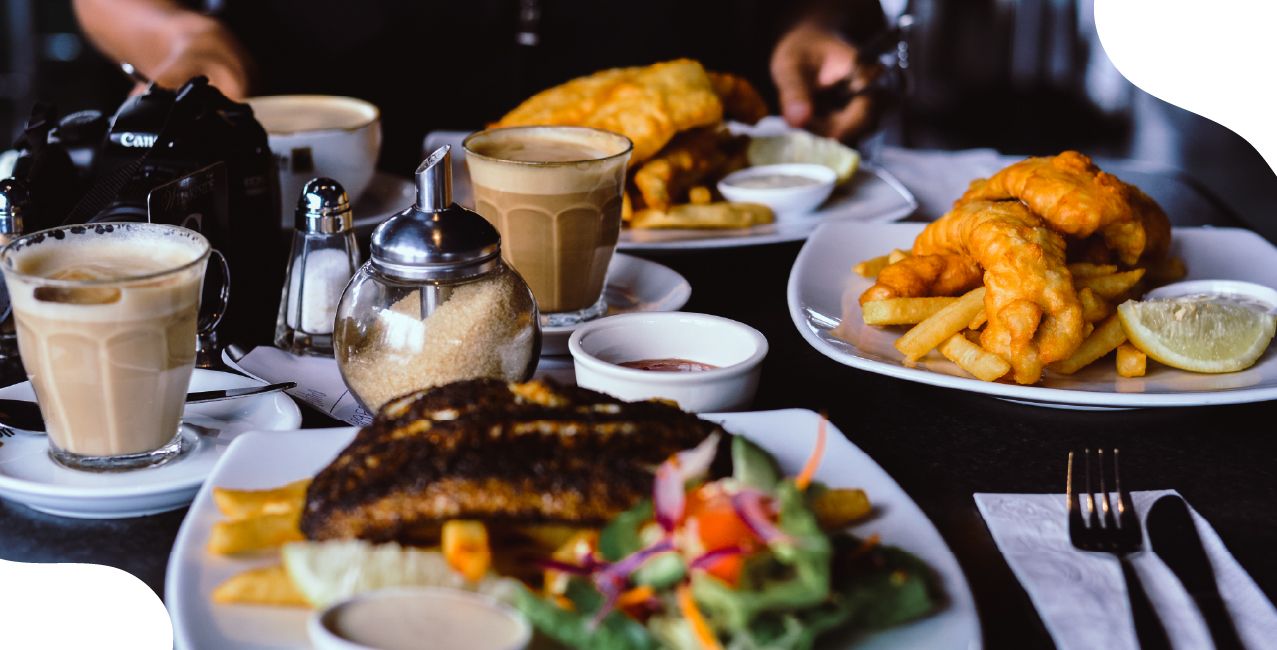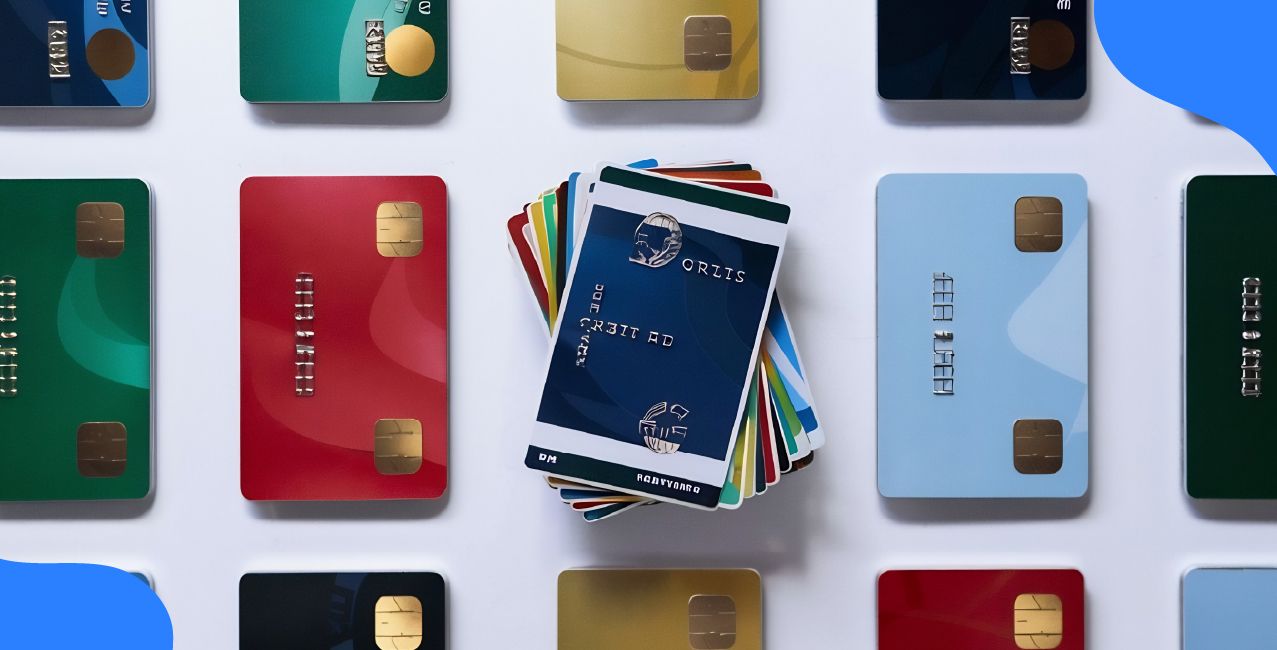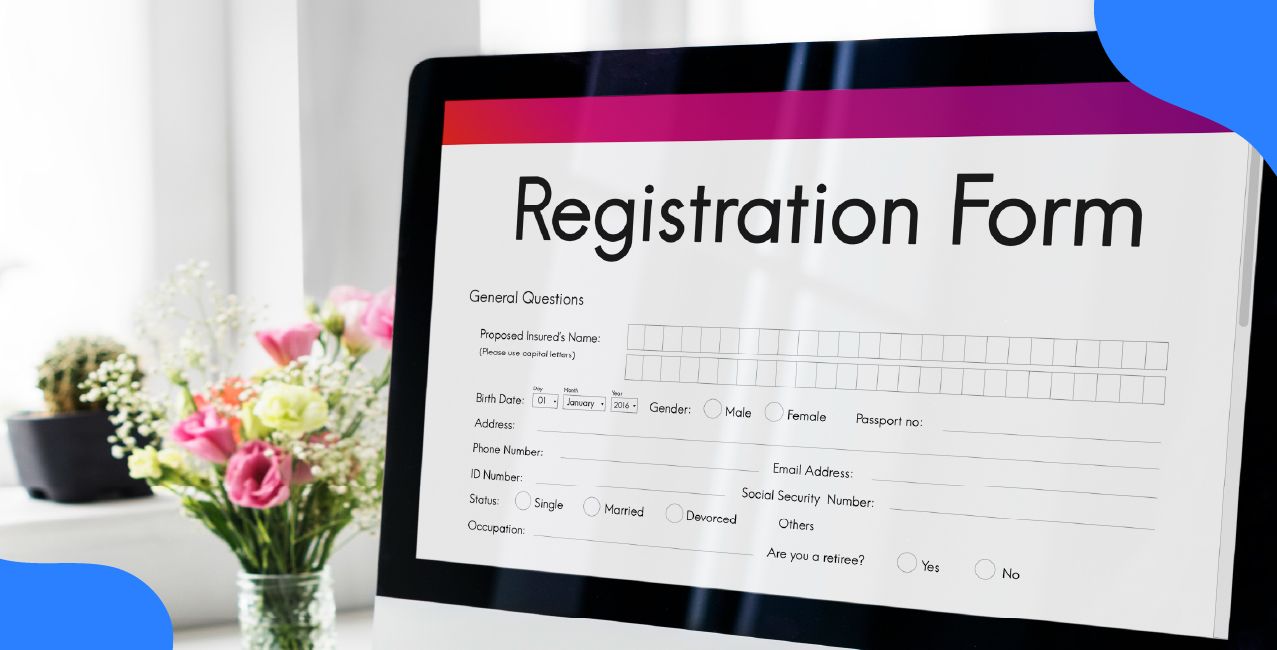
Author
LoansJagat Team
Read Time
6 Min
26 Sep 2025
GST on Food and Restaurants: Complete Guide with Rates & Impact
Key Takeaways:
- Restaurant food is taxed at 5% without the benefit of input tax credit.
- An 18% GST is now applicable on delivery charges via food apps under Section 9(5).
- GST on delivery fees may be avoided when orders are placed directly with restaurants.
- Lower GST rates on raw materials such as cheese and sauces are being benefited from by quick-service restaurants (QSRs).
BONUS: CHOOSING RESTAURANTS THAT USE IN-HOUSE DELIVERY SERVICES TO AVOID 18% GST ON DELIVERY WILL HELP YOU SAVE A LITTLE MORE.
GST on Food and Restaurants is the tax added to food orders, restaurant meals, and delivery services as per Indian GST laws.
Riya, a school teacher in Delhi, ordered a ₹400 meal from a food delivery app. The app charged a ₹30 delivery fee and a ₹4 platform fee. As per the latest rule effective from 22 September 2025, she paid 5% GST on the meal (₹20), 18% GST on the delivery (₹5.40), and 18% GST on the platform fee (₹0.72).
Her total bill came to ₹460.12. However, if Riya had ordered directly from the restaurant's own website or app, she would’ve only paid ₹420 because the 18% GST on delivery wouldn’t apply.
This outline covers revised restaurant rates, delivery‑fee taxation, input rate cuts, billing examples, compliance checkpoints, and fintech‑relevant consumer strategies under GST 2.0.
What will change after 22 September 2025?
The GST Council decided to clarify and update how GST is applied to restaurant food and delivery charges. This was done to remove confusion and make billing clear for everyone.
Now, almost all restaurant food, whether dine-in or takeaway, is taxed at 5% without input tax credit (ITC). This makes bills easier to calculate and keeps tax rates simple for customers.
If a food delivery app like Zomato or Swiggy delivers the food, the delivery fee is now taxed at 18% under Section 9(5) of the CGST Act.
This means the food you eat has one tax, and the delivery you use has another. Let’s look at a table that explains the difference clearly.
This table compares how much you pay when ordering from an app versus directly from a restaurant:
This table helps you understand how using delivery apps increases your total bill due to the extra 18% GST on delivery fees.
How Delivery Platforms Are Now Treated Under GST?
The GST on Food and Restaurants now treats food delivery platforms like Swiggy and Zomato as the "deemed suppliers" for delivery services. This means they are responsible for collecting and paying 18% GST on delivery charges, even if the actual delivery is done by a third-party agent.
Before this rule, there was confusion about who had to pay tax on delivery; now it’s clearly the app.
This table outlines who is responsible for GST on delivery and food under different order types:
This table helps us see that ordering directly from a restaurant avoids 18% GST on delivery.
Read More - GST on Exports
Monthly Savings for Customers Who Choose Wisely
Customers now have the opportunity to save money based on how they place their orders. Ordering directly from a restaurant can help avoid the 18% GST on delivery charged by platforms.
Even though the savings per order may seem small, they can add up to a large amount over a month, especially for families who order frequently.
This table highlights how much a family can save by choosing direct ordering over app-based delivery:
This table shows that smart ordering choices under the new GST on Food and Restaurants can make a visible difference in monthly spending.
Key Compliance Points for Restaurants and Platforms
Restaurants and food delivery platforms must follow new GST rules carefully to avoid legal issues and penalties.
Every order must be billed properly, with separate GST shown for food and delivery wherever required.
Learn More - GST Payment Online
Here are the key points businesses should keep in mind:
- Point of Sale systems must show GST on food and delivery separately.
- E-commerce platforms must collect and pay GST on delivery charges under Section 9(5).
- Restaurants cannot claim ITC when charging 5% GST on food.
- All invoices must follow the revised format under GST 2.0.
These steps help ensure accurate billing and smooth operations under the revised GST on Food and Restaurants.
Conclusion
The new rules under GST on Food and Restaurants are designed to bring more clarity and structure. Food at restaurants is now taxed at a flat 5% rate without input credit, while delivery charges via apps attract 18% GST. Platforms must now collect and pay this tax directly. For customers, this means the total bill depends on how and where they order.
Being aware of these changes helps both consumers and restaurants save money and stay compliant.
FAQ:
1. Can restaurants offering both dine-in and delivery claim separate GST input credits for infrastructure and packaging?
No. If the restaurant opts for the 5% GST rate (without ITC), it cannot claim input tax credit on any goods or services used, including packaging, rent, or raw materials. Only those charging 18% GST (typically premium dine-in restaurants) can claim ITC.
2. How does GST apply to cloud kitchens or delivery-only brands without physical dine-in locations?
Cloud kitchens are treated the same as any other restaurant under GST. If they opt for the 5% rate, they cannot claim ITC. The 18% GST on delivery via apps still applies if the order is routed through platforms like Swiggy or Zomato under Section 9(5).
3. Do fintech companies offering food coupons or meal cards have any GST obligations?
Yes. Fintechs issuing prepaid food cards or corporate meal vouchers must ensure GST compliance if they partner with taxable food vendors. The restaurant remains liable for GST, but platforms must facilitate tax-compliant invoicing.
4. Are service charges collected by restaurants also taxed under GST along with food?
Yes. Service charges are treated as part of the transaction value and are subject to the same GST rate as the food item, usually 5%. However, voluntary tips paid directly to staff are not taxable.
5. How should POS (Point of Sale) software be configured post-GST 2.0 changes to remain compliant?
POS systems must separately display GST on food and delivery, mention the platform fee (if any), and auto-map Section 9(5) responsibilities when the order comes from a third-party aggregator. Invoices should follow the updated GST 2.0 format to avoid penalties during audits.
About the Author

LoansJagat Team
‘Simplify Finance for Everyone.’ This is the common goal of our team, as we try to explain any topic with relatable examples. From personal to business finance, managing EMIs to becoming debt-free, we do extensive research on each and every parameter, so you don’t have to. Scroll up and have a look at what 15+ years of experience in the BFSI sector looks like.

Quick Apply Loan
Subscribe Now


